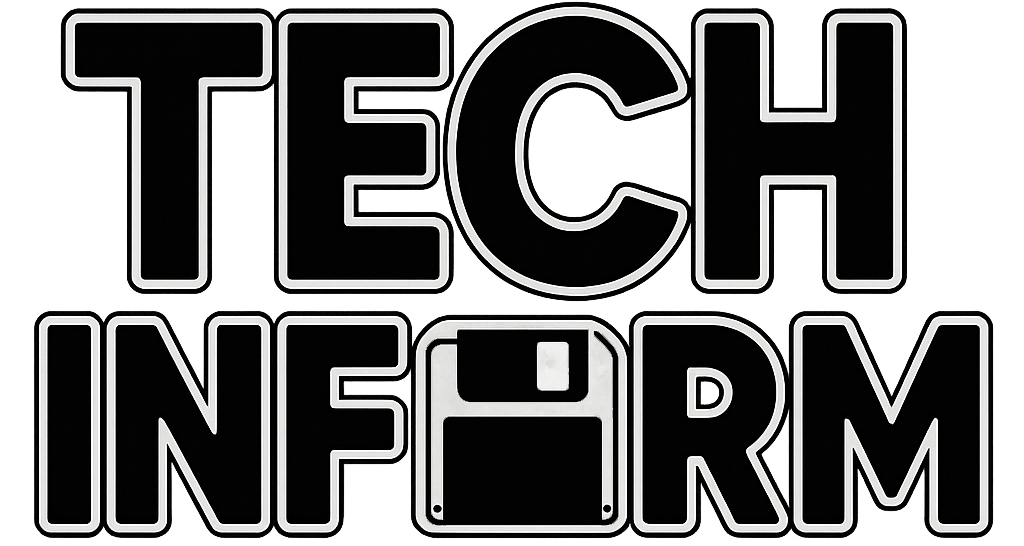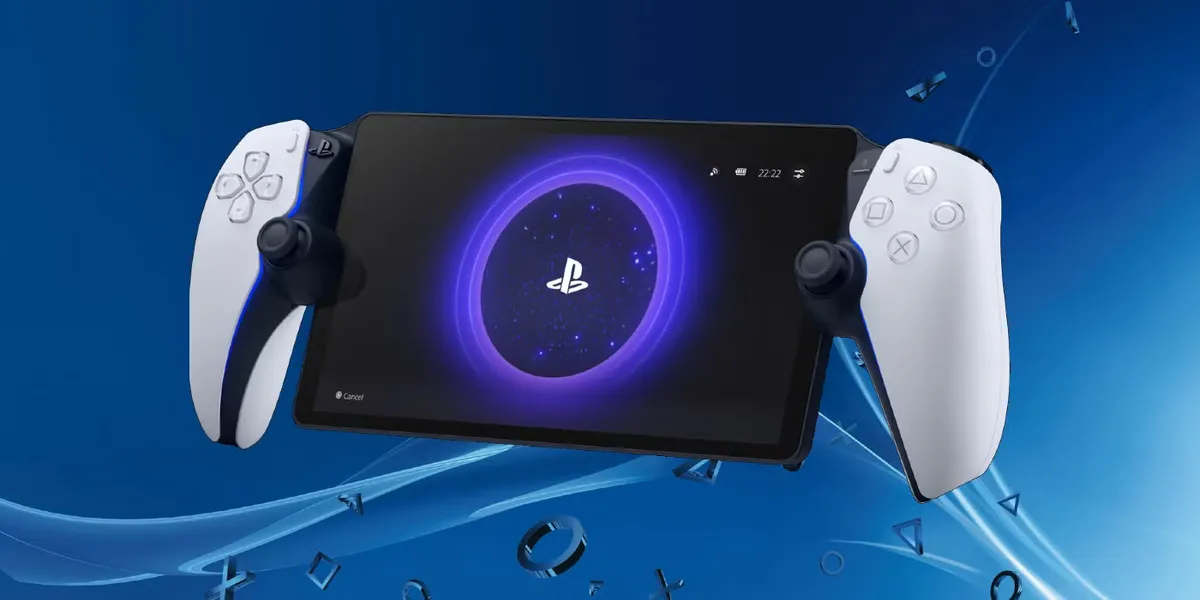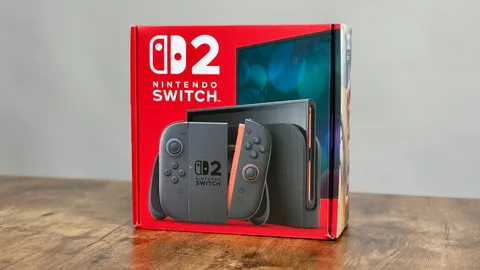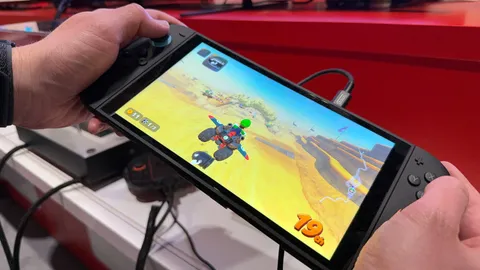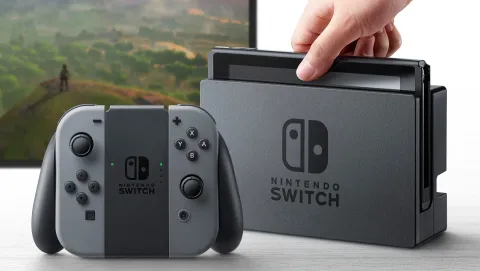Let’s get one thing out of the way: I love the PlayStation Portal. I’ve been using it regularly since launch, and it’s completely changed how I play games — not in the flashy “next-gen graphics” sense, but in the “I can finally play whenever and wherever I want” kind of way.
That said, the Portal is one of the most misunderstood pieces of hardware Sony has ever released. And I totally get why — the name is vague, the marketing was confusing, and the internet absolutely tore it apart before most people even knew what it actually did.
But here’s the thing: if you understand what the PS Portal is — and what it isn’t — it’s kind of brilliant.
What Is the PlayStation Portal, Really?
Let’s break it down simply: the PlayStation Portal is a dedicated PS5 remote play device. That’s it. It streams your PS5 over Wi-Fi to a handheld screen with built-in DualSense controls.
No native gaming. No cloud gaming — or at least, that’s how it launched. But now, in beta, Sony is also supporting cloud streaming through PlayStation Plus Premium, and that changes the conversation.
Still, the core function remains: this is a device designed to make your PS5 accessible in more places and in more situations.
And honestly? In that narrow lane, it excels.
The Experience: Pure PlayStation, Unchained
The most important thing about the Portal is that it actually feels like a PS5. You’re not using touchscreen controls or some mushy third-party workaround. It has real DualSense features, including adaptive triggers and haptics — and it nails the ergonomics. If you’ve ever tried using remote play on a phone with a clip-on controller, you know it’s… not great. The Portal fixes that.
It’s lightweight, the 8” 1080p LCD screen is bright and sharp, and the speakers are surprisingly decent if you’re not using headphones. It boots fast, connects reliably, and most of the time I’m playing within 20 seconds of turning it on.
Performance? On a solid Wi-Fi connection, it’s been rock steady. I’ve played Spider-Man 2, Returnal, and Gran Turismo 7 without input lag that ever broke the experience. It also works outside the house — I’ve used it from a coffee shop over public Wi-Fi, and yeah, it worked (with decent bandwidth).
Cloud Streaming (Beta) – A New Layer
Sony recently added Cloud Streaming (Beta) support for PS Plus Premium members on the Portal — and it works.
You can now stream select PS5 titles directly from Sony’s servers, without needing your PS5 turned on. Setup is straightforward, and you can access it right from the home screen.
The experience? It’s usable. Not perfect, but promising. I noticed some input latency compared to local Remote Play, which has been nearly flawless. So for now, cloud streaming isn’t my go-to, but it’s a solid backup option — and a big step forward.
Even more important, this could open the door for people who don’t own a PS5 at all. Think about it — if you’re a kid whose family can’t afford the full console but you’ve got a good internet connection and a Portal, suddenly you can play with your friends through streaming. That’s a game-changer. Hopefully Sony keeps refining this, because the potential here is massive.
Let’s Talk About the Price
At $199, the PlayStation Portal got some heat online — and I really don’t get it.
Yes, it’s not a standalone gaming device. But let’s compare it to what’s actually out there:
- There are cloud gaming handhelds on the market like the Logitech G Cloud or Razer Edge that cost way more — and they don’t come with anything close to a built-in DualSense.
- Even some pro controllers cost more than the Portal. Think about that. You’re getting a full, premium PS5 controller plus a solid 8” display, with Wi-Fi, built-in haptics, adaptive triggers, and a polished form factor that feels better than a phone mount ever will.
For what it is — and what it does — the Portal is actually kind of a steal. And once you start using it regularly, the value becomes obvious.
The Limitations: Know Before You Buy
The Portal does have limitations — and Sony wasn’t great at communicating them upfront.
- You need a PS5 (unless using cloud streaming, which still has limits)
- No native apps — no Netflix, YouTube, or web browser
- No local game installs
- No Bluetooth audio support — unless you’re using Sony’s Pulse Link headsets, you’ll need wired headphones
It’s frustrating, because just a couple of these improvements would go a long way. Still, if you accept what it is, the Portal delivers where it matters most.
Who Is the PS Portal For?
Now let me get real for a second.
As a father of two young kids, I don’t get the TV like I used to. Actually, I almost never get the TV anymore. The PS Portal has allowed me to game when I simply wouldn’t be able to otherwise. When the kids are watching something, or during downtime while they’re playing, I can just grab the Portal and go.
Whether it’s squeezing in 20 minutes of Final Fantasy XVI in the kitchen or quietly playing Astro’s Playroom from bed, this device has kept me connected to gaming in a phase of life where that’s becoming harder and harder to do.
If you’re in a similar situation — whether you’re a parent, share a living space, or just want flexibility — the Portal makes a ton of sense.
My Favorite Use Cases
- Late-night gaming in bed without needing the TV
- Quick sessions during the day while the kids are busy
- Playing long games like Yakuza, Baldur’s Gate 3, or FFXVI without monopolizing the living room
- Cloud streaming as a backup when I’m away or my console is off
Once you work the Portal into your routine, it’s hard to imagine going back. It’s a game extender, not a game changer — but that extension might be exactly what some players need.
Final Thoughts
The PlayStation Portal is not a perfect product. It’s limited by design. But it’s also focused — and in a world of overpromising, overstuffed devices, I kind of respect that.
Sony is finally expanding what the Portal can do with PS Plus Premium cloud streaming, and while it’s still in beta, it’s promising. Even without it, the Portal makes gaming more accessible, more flexible, and more possible — especially for those of us who don’t get to just sit down and fire up the TV whenever we want.
Verdict:
If you’ve got a PS5 and your gaming life competes with kids, family, or shared space — the Portal might be exactly what you need. At $200, it’s actually one of the better values in modern gaming hardware. It doesn’t try to do everything. It just lets you game more often, more comfortably, and more freely.
TL;DR: I love it.
